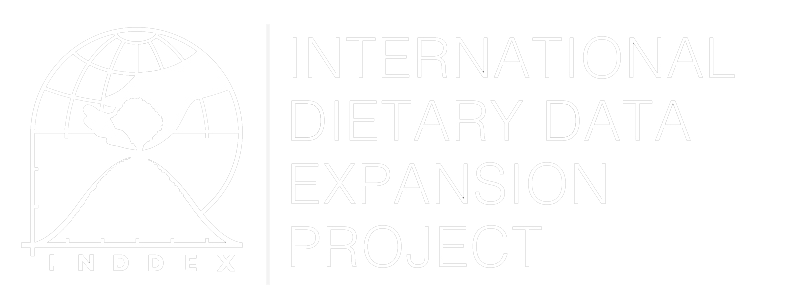Household Share of Energy Consumed from Non-Staples% kcals
Overview
The Household Share of Dietary Energy Consumed from Non-staples is an indicator of dietary quality because staple foods are generally low in micronutrients; diets based predominantly on staple foods are associated with micronutrient deficiencies (Arimond et al., 2010; Ruel, 2003). A higher value of this indicator (i.e. higher consumption of non-staple foods) suggests higher dietary quality at the household level (Smith & Subandoro, 2007). Household Consumption and Expenditure Surveys (HCES), often used to calculate this indicator, collect data consumption and acquisition (which is a proxy for food consumption) (Fiedler et al., 2016) (Smith, 2003).
Method of Construction
First, data on food consumption (or acquisition) are grouped into "staple" and "non-staple" foods. Cereals, roots, and tubers, should be classified as staples, while all other foods should be classified as non-staples (Smith & Subandoro, 2007). Then, food composition tables (preferably local or regional) are used to estimate the energy (kcal) of the foods recalled in the survey.
The following equation is used to calculate the household share of energy consumed from non-staples:

The household share of energy consumed from staples is often calculated using the same method, but the numerator is the total energy from staples and the fraction has an inverse interpretation (Smith & Subandoro, 2007).
Uses
This indicator can provide understanding of diet quality within and across populations, and it is useful for analyzing changes in dietary patterns over time, especially if they relate to changes in wealth and living standards. Typically, as populations become wealthier, they transition from diets high in staples to more diverse diets that include more vegetables, fruits, legumes, and other non-staples (Lele et al., 2016).
Strengths and Weaknesses
This household-level indicator can be used as a simple proxy for certain aspects of dietary quality including at sub-national level. However, it cannot be used to evaluate the diet quality of individuals within the household. This indicator could be misleading if ultra-processed foods are classified as non-staple foods, because they would inflate the numerator without being micronutrient dense (Louzada et al., 2015).
Data Source
HCES data can be used to calculate this indicator. The World Bank Microdata Library has the most comprehensive and publicly accessible repository of data. National Statistics Office also provide this type of data, for free, though each country has its own policies and procedures regarding data access. National or regional Food Composition Tables should be used to identify the nutrient contents of the foods and can be found at FAO's International Network of Food Data Systems (INFOODS) or the Agricultural and Food Systems Initiative World Nutrient Databases for Dietary Studies (WNDDS).
Links to Guidelines
Links to Illustrative Analyses
- Baylis et al. (2019). Agricultural market liberalization and household food security in rural China. American Journal of Agricultural Economics.
- Hassan et al. (2019). Cross‐country study on food consumption patterns and rice away from home: The case of Bangladesh. World Food Policy.
- Kumar et al. (2020). Assessing food and nutrition security in Nepal: Evidence from diet diversity and food expenditure patterns. Food Security.
